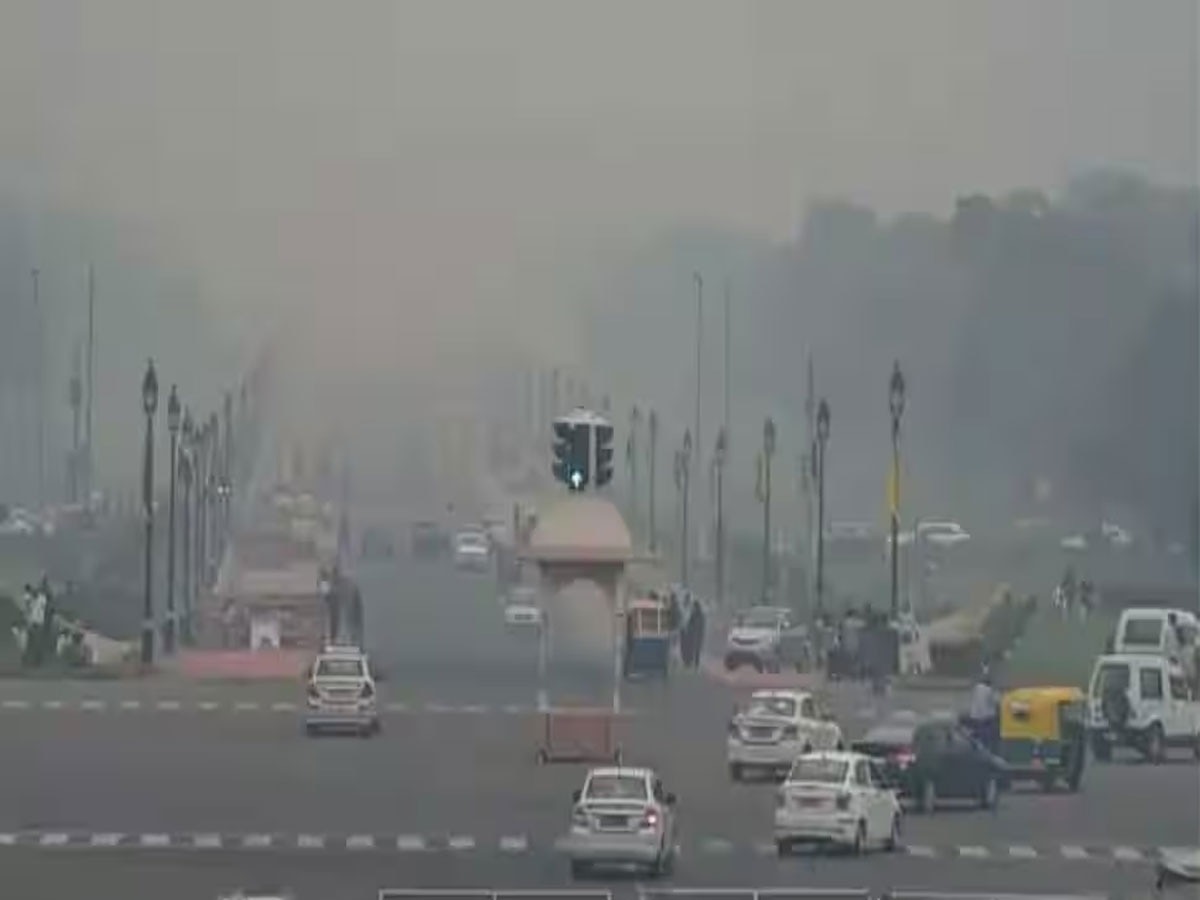 Delhi-NCR Air Pollution: Rising Pollution Levels and the Alarming Increase in Toxic Medicines
Delhi-NCR Air Pollution: Rising Pollution Levels and the Alarming Increase in Toxic Medicines
In the midst of deteriorating air quality in Delhi-NCR, a concerning trend is emerging: the surge in toxic medications. As we witnessed on Tuesday, several places saw the Air Quality Index (AQI) soaring beyond 400, leading to a thick shroud of smog blanketing the region. People are once again forced to don masks, especially the elderly and children, who are now struggling to breathe. Morning walkers are faced with discomfort, knee-deep in smog and fatigue.
October in Delhi-NCR was entirely dominated by air pollution, and with November underway, it seems relief is not on the horizon. According to data released by the Central Pollution Control Board (CPCB), the AQI in Delhi has reached a staggering 359. The situation in the neighboring areas is not much better, with Noida at 329, Greater Noida at 375, Faridabad at 320, Bahadurgarh at 378, Bhiwani at 328, and Sonipat at 382.
In Delhi, AQI Soars Beyond 400
Analyzing the CPCB data, we see that AQI levels in different parts of Delhi have crossed the 400-mark. North Campus records 407, Rohini at 419, Wazirpur at 409, Mundka at 432, and Anand Vihar at 422. These areas are in a dire state, with pollution levels surpassing 400.
During the winter months in Delhi-NCR, pollution levels spike due to the presence of stubble burning, vehicular emissions, and various other factors. The presence of moisture in the air traps pollution particles, preventing them from dissipating into higher altitudes. Consequently, people have to endure toxic air. Unfortunately, there is currently no respite in sight from the escalating pollution levels.
The Dangers of Rising Pollution Levels
The deteriorating air quality in Delhi-NCR is not merely an inconvenience. It poses significant health risks to the population. Prolonged exposure to toxic air can lead to respiratory problems, cardiovascular issues, and a range of other health complications. Children, in particular, are vulnerable to the harmful effects of air pollution, which can hinder their physical and cognitive development.
The Role of Stubble Burning
One of the major contributors to the escalating pollution levels in Delhi-NCR is the practice of stubble burning by farmers in the neighboring states of Punjab and Haryana. This agricultural residue burning releases a substantial amount of particulate matter and harmful gases into the atmosphere. The prevailing meteorological conditions in the region trap these pollutants, leading to the formation of a thick layer of smog.
Vehicular Emissions and Industrial Activity
Another significant factor in the rising pollution levels is vehicular emissions and industrial activity. The concentration of vehicles on the road and industrial emissions contribute to the release of pollutants like sulfur dioxide, nitrogen oxides, and fine particulate matter. These pollutants not only worsen the air quality but also pose severe health hazards.
The Importance of Air Quality Monitoring
Efforts to combat air pollution in Delhi-NCR involve monitoring air quality through a network of monitoring stations across the region. Real-time data is collected and analyzed to assess the severity of the problem. This data helps in implementing targeted strategies to mitigate pollution and protect public health.
Strategies for Mitigating Air Pollution
To combat the ongoing air quality crisis in Delhi-NCR, a multi-pronged approach is essential. Some effective strategies include:
1. Promoting Cleaner Energy Sources
Encouraging the use of cleaner energy sources such as natural gas and renewables can significantly reduce emissions from industrial and residential sources.
2. Promoting Public Transportation
Improving public transportation systems can reduce the number of private vehicles on the road, ultimately lowering emissions.
3. Strict Regulation and Enforcement
Enforcing stringent regulations on industrial emissions and vehicular standards can help curb pollution at the source.
4. Awareness and Education
Educating the public about the harmful effects of air pollution and the steps they can take to protect themselves is crucial.
5. Crop Residue Management
Promoting alternatives to stubble burning, such as in-situ crop residue management, can reduce air pollution caused by agricultural practices.
Conclusion
The escalating air pollution levels in Delhi-NCR are a cause for concern, with dire consequences for public health. To tackle this issue effectively, a collaborative effort involving government authorities, industry stakeholders, and the public is essential. By implementing cleaner technologies, promoting public transportation, and raising awareness, we can work towards a cleaner and healthier future for the region.
 Suspense Crime Sach Ka Dam
Suspense Crime Sach Ka Dam


